SPOTLIGHT
Impressions of the impressed
You’ve said it!
While filming his show No Reservations in 2012, the late, great Anthony Bourdain said: “This is world-class food, world-class wine, world-class cheese. Croatia is the next great thing. If you have not been here, you are… an idiot! I’m idiot.” After spending 12 nights in Croatia, I felt much as Tony Bourdain did in 2012, like an idiot. Though I have been to Italy several times, its Dalmatian neighbor was never really on my radar, but after having visited, I can say Croatia is undoubtedly my new favorite country in Europe.
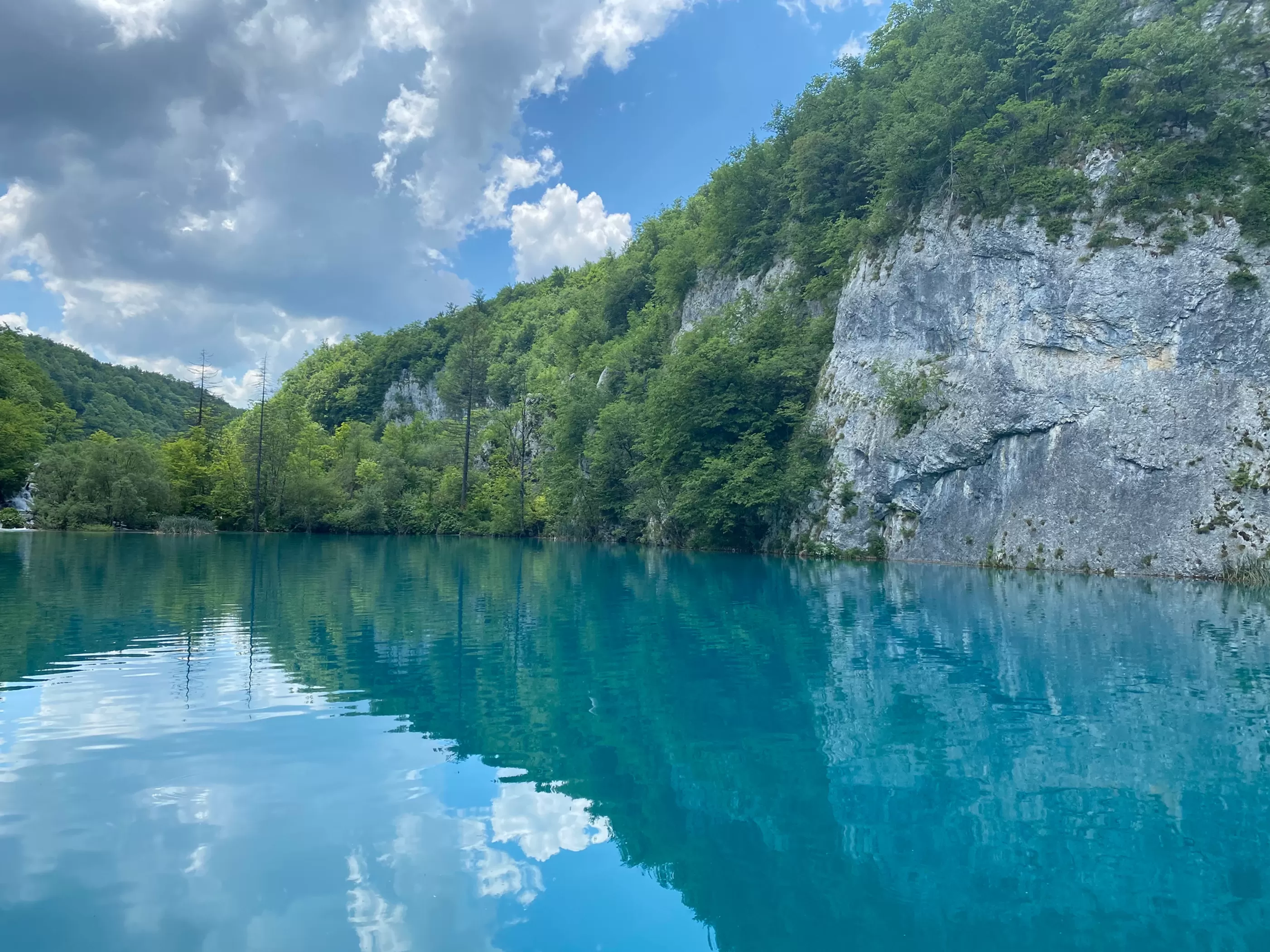
This small nation of just four million people is judged by most Americans to be “Eastern European,” most likely because it was one of the six Socialist Republics that constituted the old Yugoslavia. Yet most Croatians are Catholics, not Eastern Orthodox as is the majority in Serbia and Montenegro. The Croatians, or the people who inhabited the land now called Croatia, have always been more closely aligned with Rome than Constantinople since the lands were conquered by the Roman Empire and dubbed the province of Dalmatia. After the fall of the Roman Empire, the lands of Croatia were contested by the Mongols, Visigoths, Ottoman Turks, and Venice. The Venetian Empire’s influence over the coast can’t be overstated. The winged Venetian Lion is visible on many buildings, when it holds an open book, it means the structure was built during peace. If the lion has a closed book in its paws (see second picture below), it means construction took place during war, when there was little time for reading, writing, or education in general.


We started our trip in the North of the country in Istria, a peninsula right near the border with Italy and the city of Trieste. Street signs here are in Croatian first and then Italian. The Venetian Lion is visible throughout the wonderful coastal town of Ruvijn. The food and wine in this region are heavily influenced by Italy.
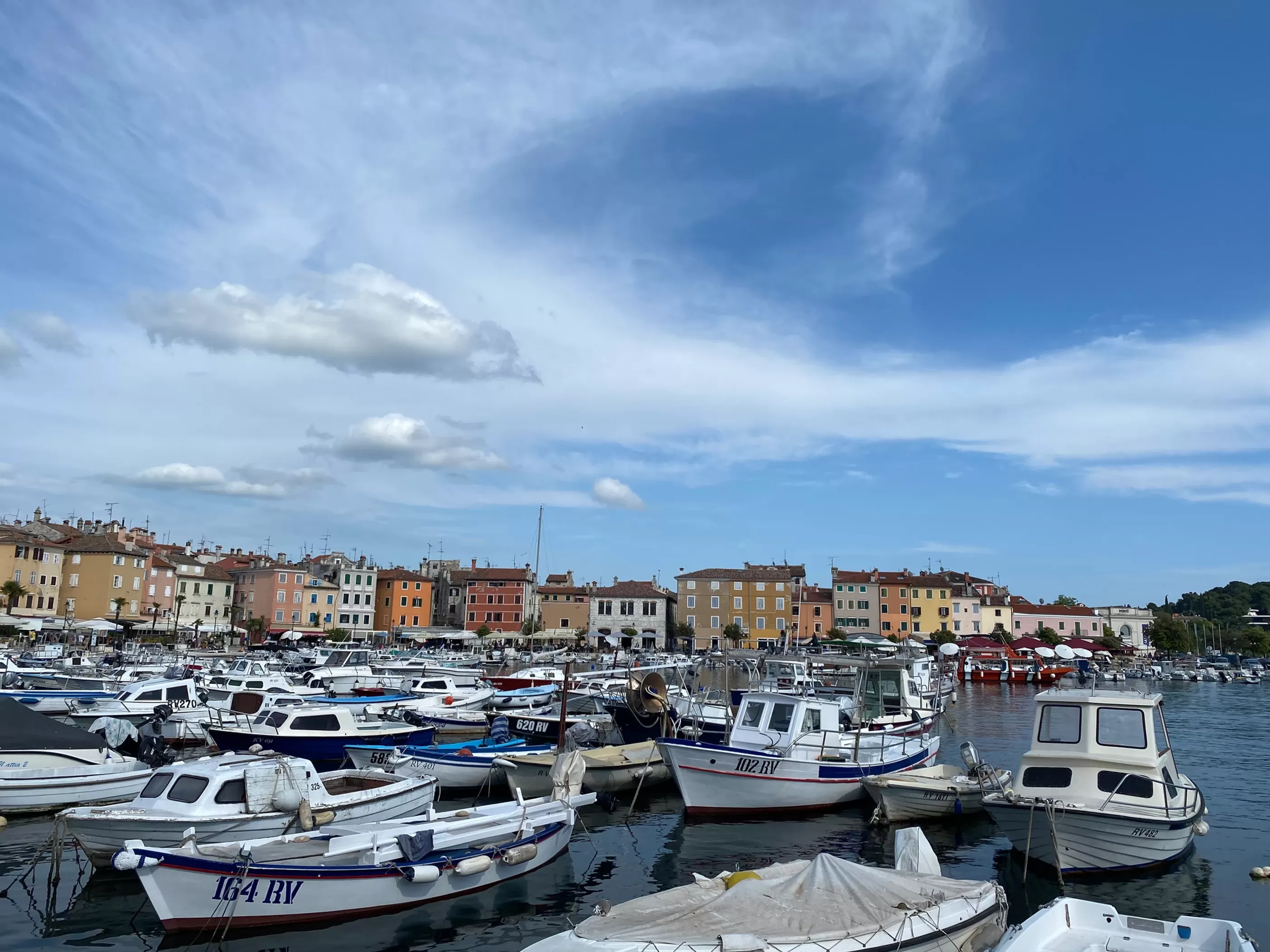
Truffles are one of the most famous delicacies of this area and no trip to Istria can be complete without a truffle hunt, dogs and all. One local favorite is making scrambled eggs with truffles, accompanied of course by the local white grape Malvazija Istarska. A glass of Malvazija has a strong nose of flowers while the taste is of truly delicious white peaches and almonds. In addition to truffles and eggs, this wine can be drunk by itself on a hot summer day. We were lucky to try many versions of this wine, including those from the Meneghetti Hotel and Winery and Kabola Winery. Throughout the region, Malvazija is made in different ways, stored in metal vats, Croatian or French oak, or in Amphorae, large clay jugs or pots that have been used in the wine making processes since before the age of antiquity.

The cuisine in Istria features plenty of pasta, seafood, and of course meats and cheeses. Kobola winery in particular puts out a fantastic cheese and prosciutto plate as they take you through the tasting. The red wines in the region tend to be made from more international varietals, but there is still plenty of promise in these wines. The Meneghetti Hotel features an outstanding five course tasting menu that is capped off with the Wagyu beef and the Meneghetti Red blend, which features Merlot, Cabernet Sauvignon, and Cabernet Franc.
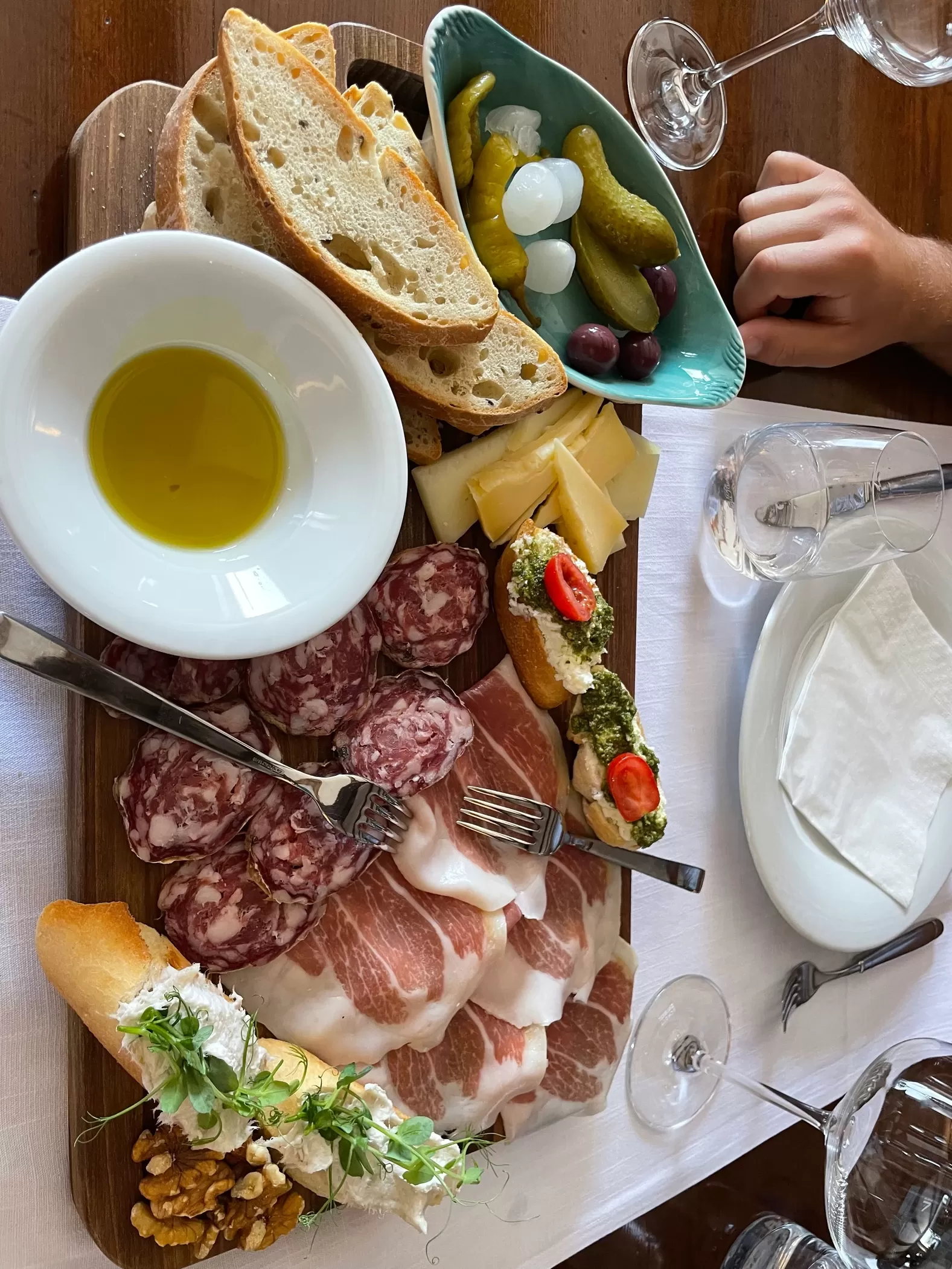
The other aspect of life very prevalent in Croatian life that most normally associate with Italy, is that of espresso. All across the country, not just in Istria, locals gather in coffee shops to sip on espresso and cappuccino, lingering for hours of conversation with friends or alone reading the newspaper.
As you move south from Istria to Dalmatia proper, Croatia only blossoms into an even more staggeringly beautiful country. The Adriatic coast is stunning in every way as the drive down to Split, Croatia’s second biggest city, gives you views of vineyards and olive tree groves in addition to the sea itself. Even on the highway great espresso can be found in service stations and cafes, a luxury unheard on most American driving routes. Split gives the visitor the contrast between a modern harbor with flashy yachts and the town center, built around the Palace of Roman Emperor Diocletian, constructed 1800 years ago. This contrast only adds to Split's charm.
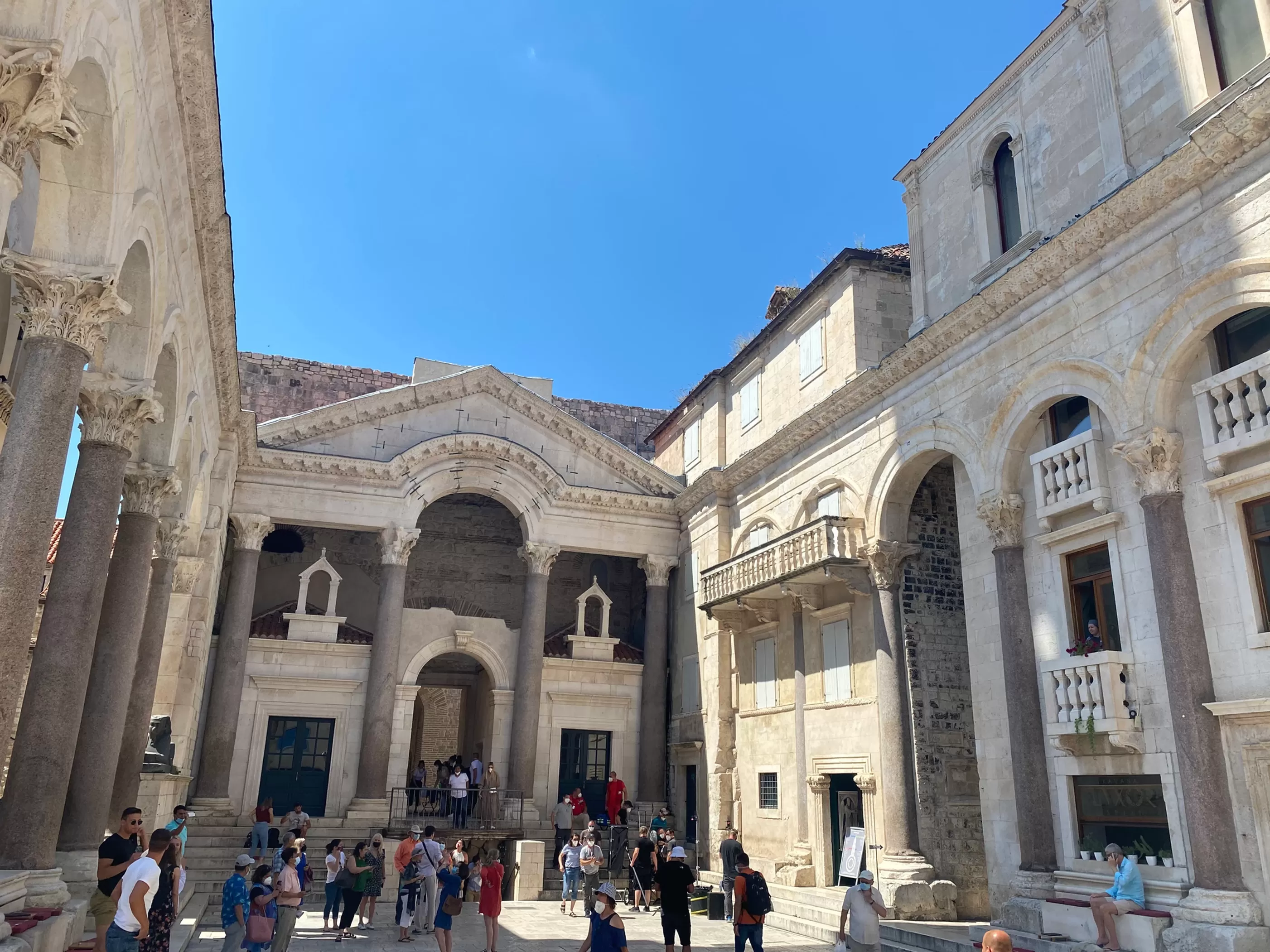
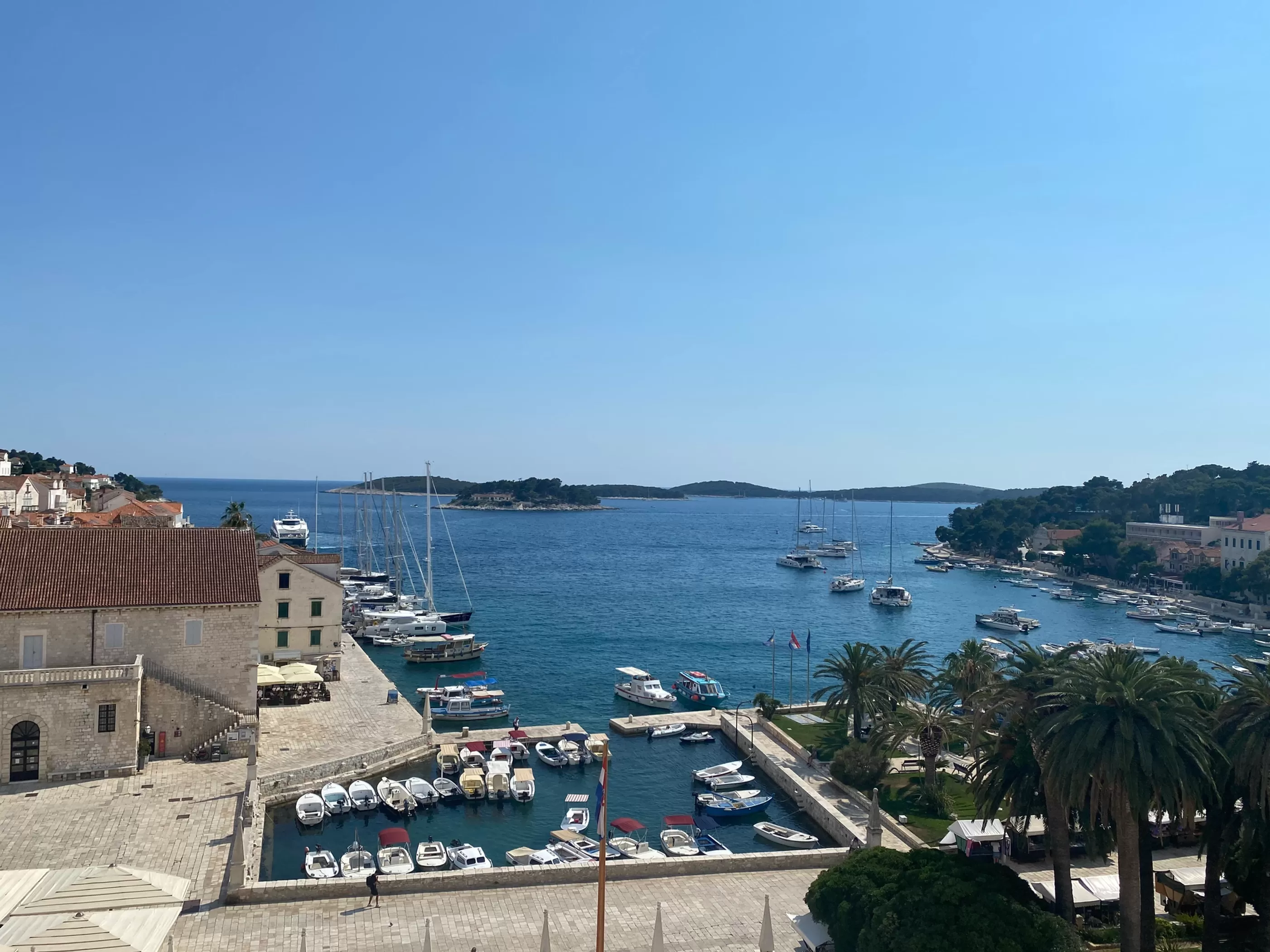
Split and the islands (Hvar is shown above) of Dalmatia down to Dubrovnik are amongst he most beautiful parts of the world. The cuisine here relies much more on fresh sea food, while lamb in particular is on hand for meat lovers. There is quite a good mix of red and white wines.
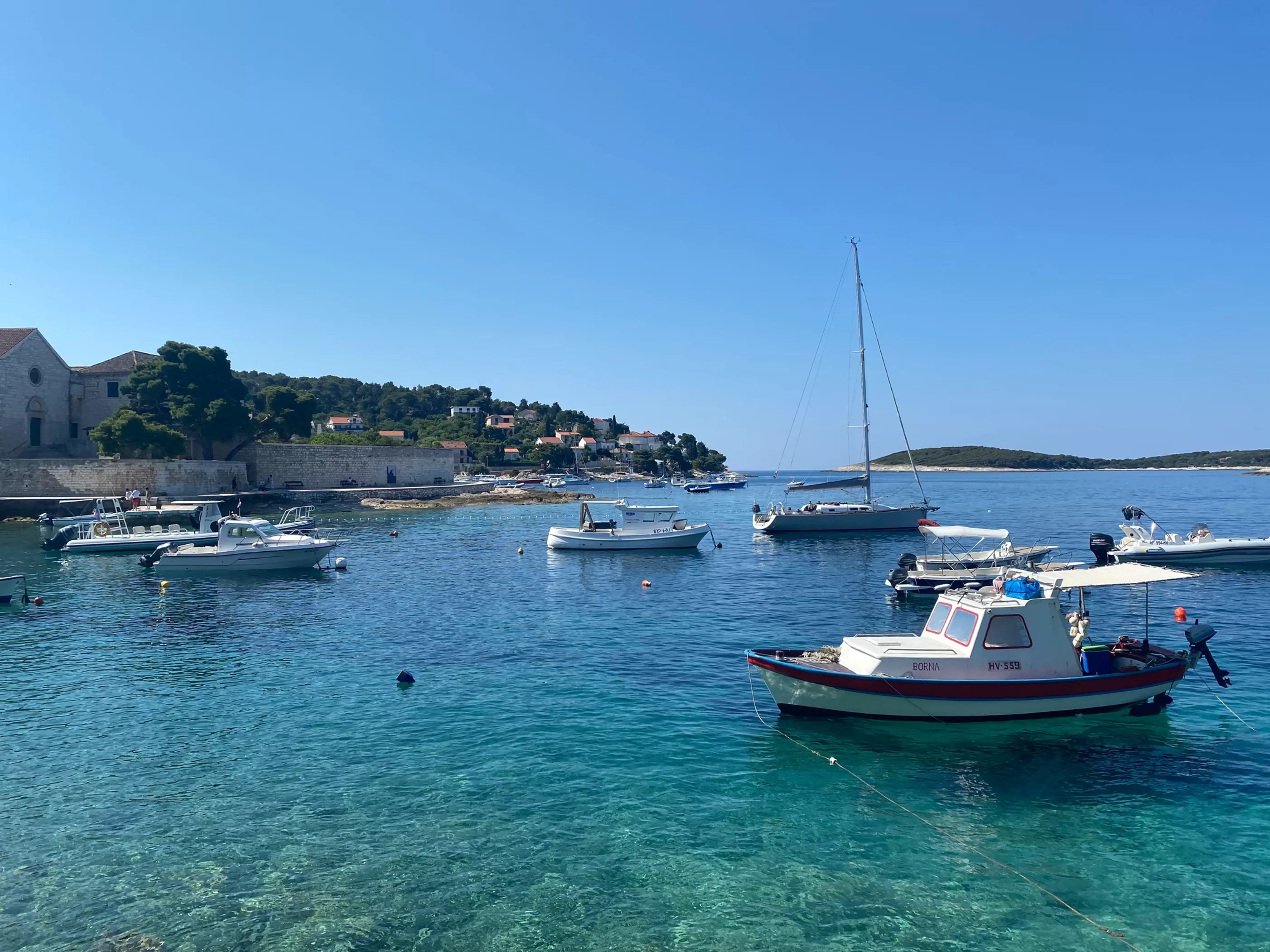
Split claims to the home of Zinfandel, under the local name of Crljenak Kastelanski, a source of great pride for the locals. We were lucky enough to try the wine of local winemaker Mijo, whose family has been making wine in the area around Split for over 1000 years. Like many families in the area, they have their own wine and olive oil for their own use (tourism as well), and not for commercial purposes. Mijo’s beautiful version of Zinfadel hit the spot with a brilliant meal prepared by his good friend Chef Robbie.

The rest of Dalmatia plants mainly the red grape Plavac Mali, very similar to Primitivo from Puglia in Italy (the heel of the boot.) This wine can be very big with lots of alcohol content due to the hot weather and intense Mediterranean sun beating on the vines. We were able to visit a family winery on the Peljesac peninsula that does commercialize wines. Planting almost entirely Plavac Mali, the Miloš family has been on the peninsula for over 500 years and making wine the whole time. Their tasting included some wines with quite a bit of age, including the 2007, which was so good we had to buy a bottle. The Miloš family age their highest quality wines in Croatian oak barrels dating from 1953 and even 1942. Even better than the wine was the view of the vineyards built into the steep mountain sides.
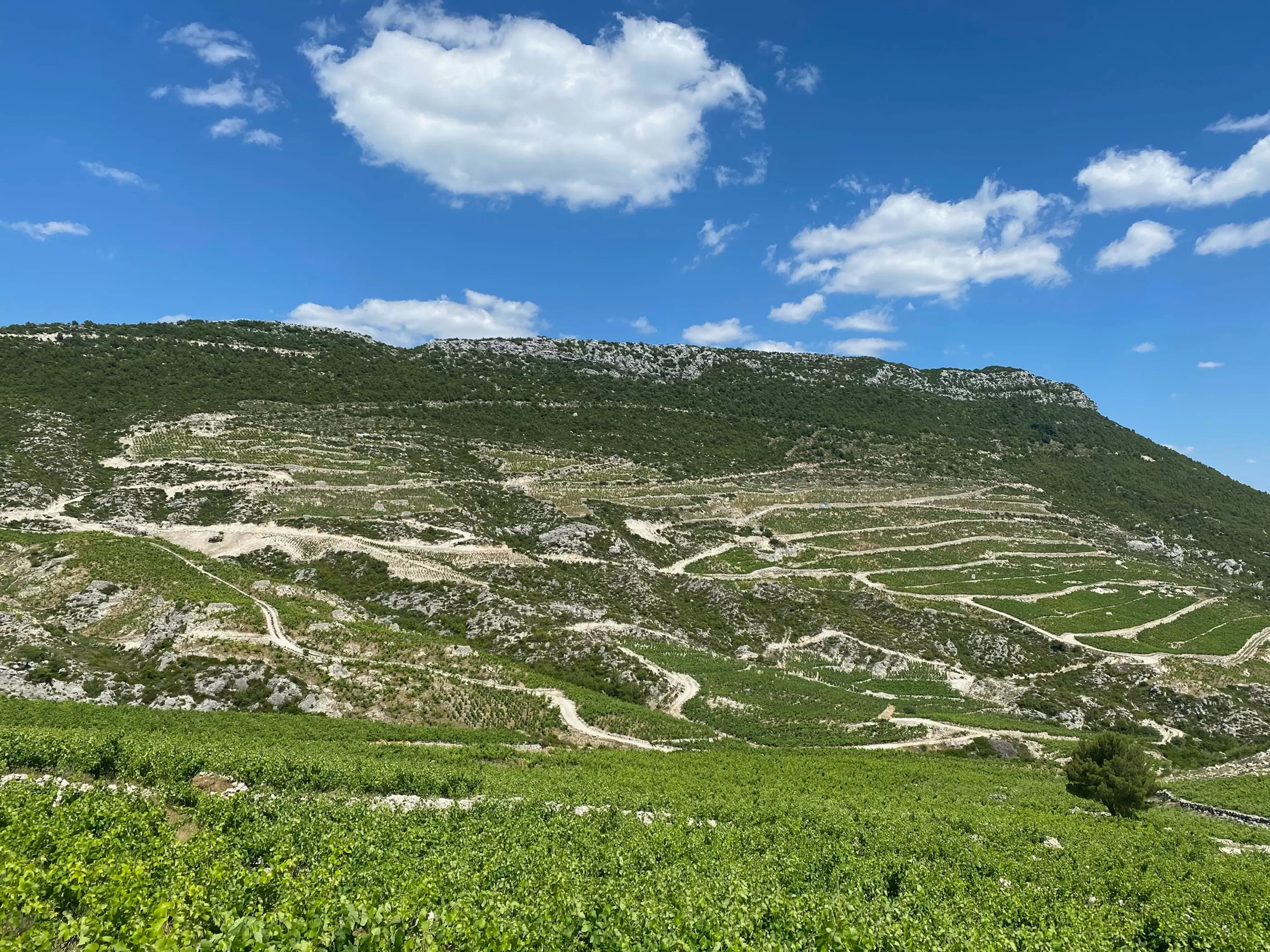
In the town of Ston, also on the peninsula, oysters and mussels are king. There are both oyster and mussel farms throughout the surrounding bay and we were lucky enough to have raw oysters, pulled out of the water just minutes before our arrival, served only with lemon, no need for hot sauce here. The main course consisted of a pot of mussels in olive oil white wine sauce. As delicious as the mussels were, as with almost every mussel dish, the best thing was dipping the bread in the sauce. Our hosts also treated us to a red wine, made by his father, and like every meal in Croatia, a huge bread basket with olive oil, made by his family as well, to dip.
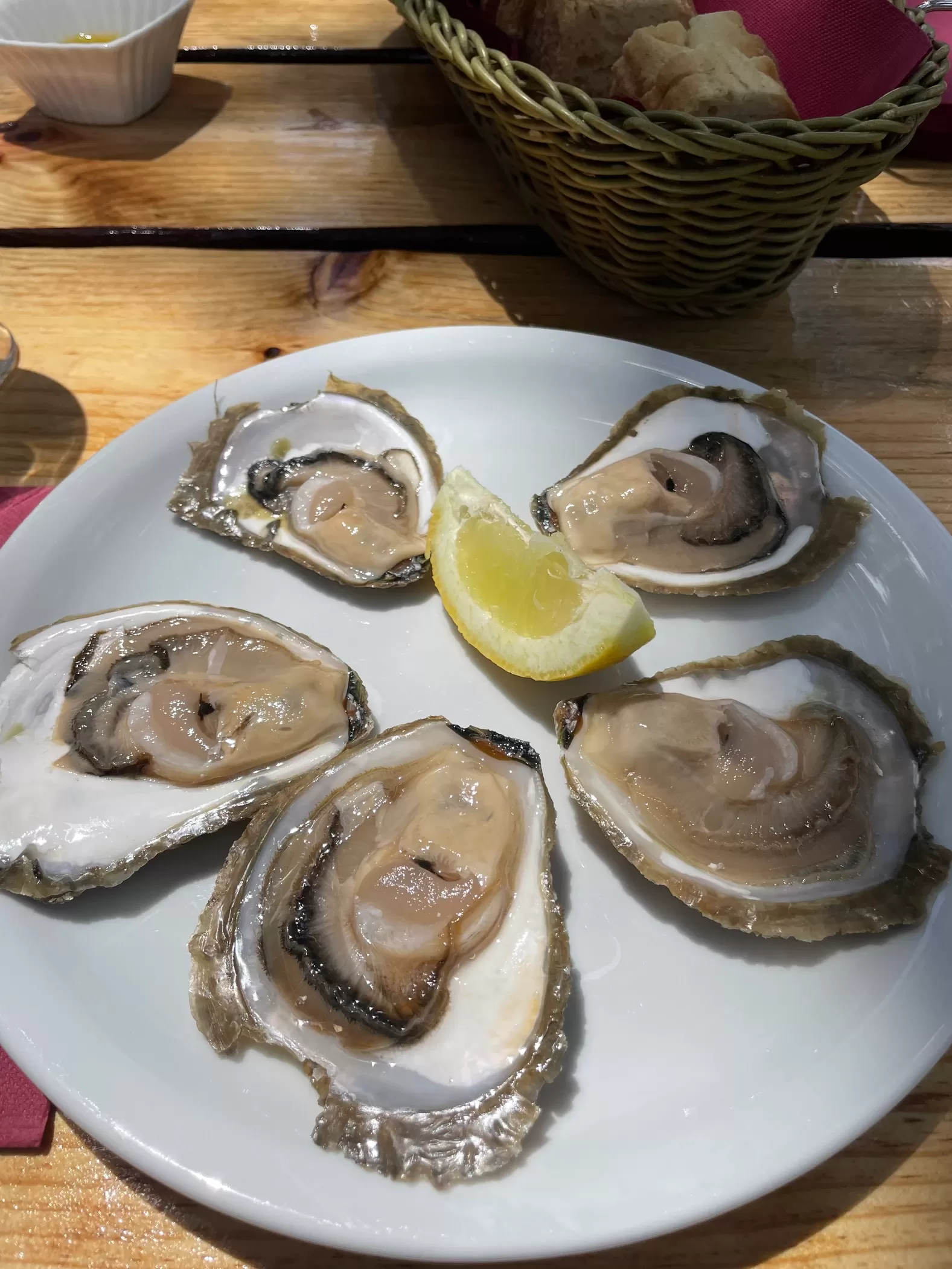
In the islands, steep vineyards are the norm, especially on the island of Hvar, known mainly as a party island, especially during yacht week, Hvar also has a great culture of wine. Like the rest of the islands, Hvar produces mainly white grapes, Marastina and Bogdanusa amongst the most popular.
Our favorite wines were definitely made on the island of Korcula, famous as the hometown of Marco Polo while the whole region was under Venetian rule. Pošip and its more intense cousin Grk are personal favorites. All the while tasting these wines, the island restaurants serve amazingly fresh seafood, caught that morning.
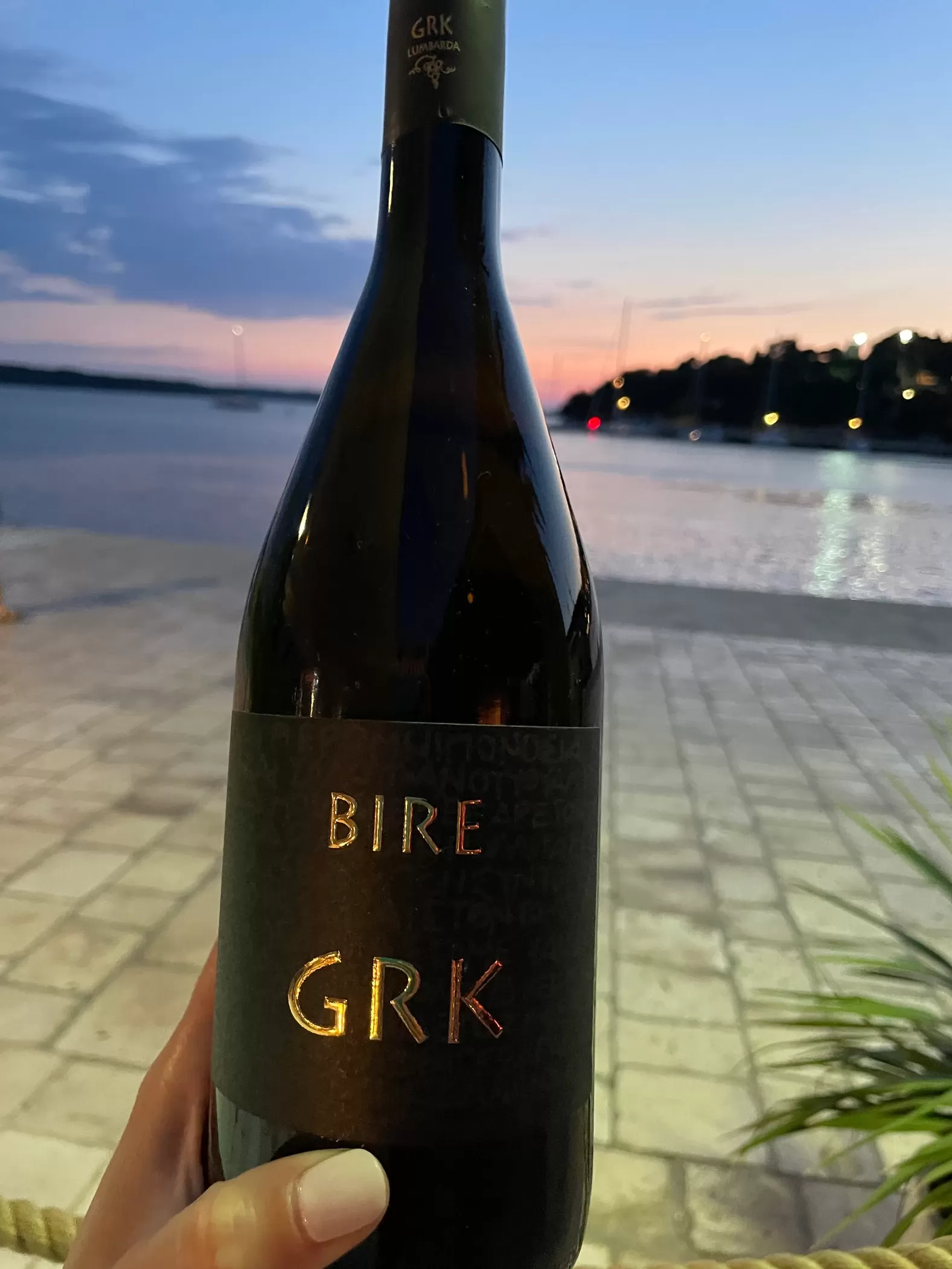
Octopus was definitely our favorite appetizer of the trip, especially accompanied with a crisp Pošip or Grk; fresh sardines doused in olive oil were a close second. Freshly-caught fish as the main course such as John Dory, Sea Bream, or Scorpion Fish are some of the favorites. The classic Dalmatian way to cook them is either in the oven or directly on the fire of the Mediterranean grill, of course always served with liberal doses of olive oil, white wine, and fresh vegetables.
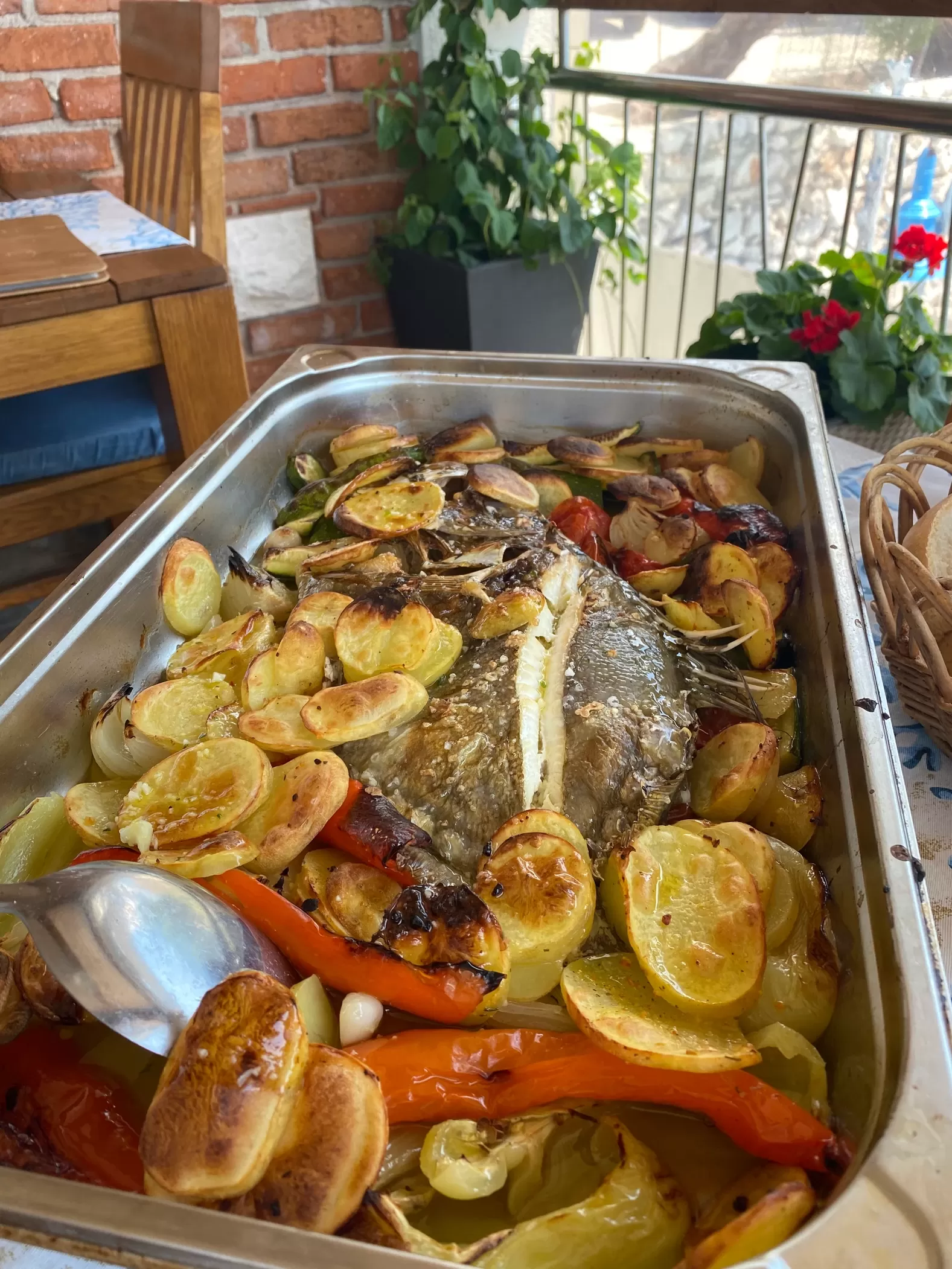
The hotel/winery Korta Katarina in Orebic provides stunning views of the Adriatic and an American take on Croatian wine. Owners Lee and Penny Anderson purchased the hotel in the 90s while on a humanitarian mission after the war and the break up of Yugoslavia. They then constructed a winery on the property, making Zinfandel and Plavac Mali with their own grapes. They also buy Posip grapes from vineyard owners on Korcula to make their own Posip, which is aged in oak barrels because Lee felt it would play more to the American market. Have no fear, it still holds its local charm and appeal. They also produce a rosé and sparkling wine that are quite unique and tasty. The restaurant at Korta Katarina is on a different level, offering the best of mediterranean and Croatian cuisine, highlights being the Octopus salad and fresh sea bass and zucchini tempura, accompanied by a glass of Posip, of course. For dinner, Plavac Mali went perfectly with the duck, a favorite of the Croatian people when not eating sea food. For Francophiles, there is even a chance to sample some Foie Gras.
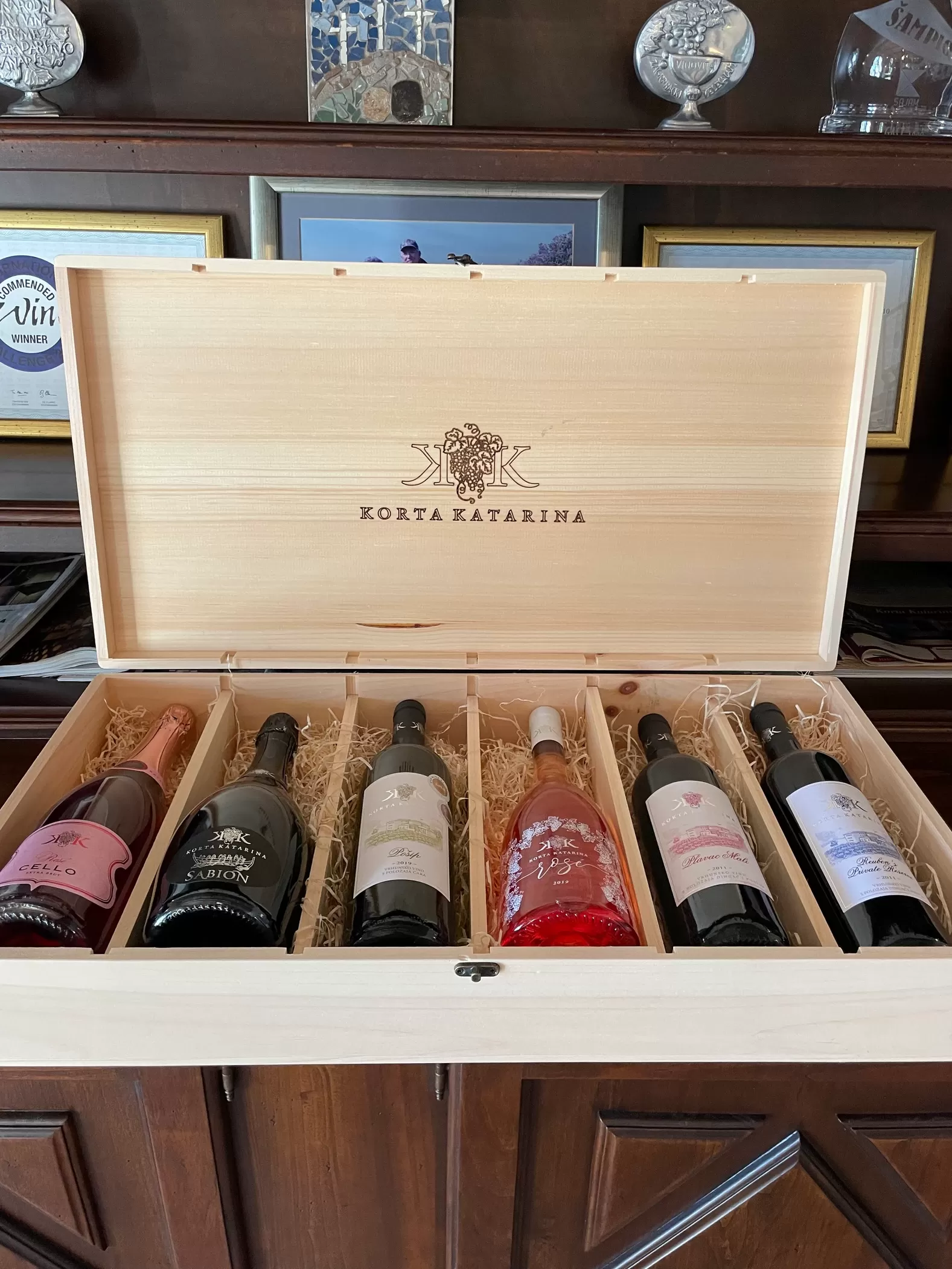
The last stop on the way down the coast is Dubrovnik, the Pearl of the Adriatic and perhaps even better known today as King’s Landing from the HBO hit show Game of Thrones. While the locals drink plenty of Plavac Mali, they also have a white wine made from Malvasia grapes, different from the Istria version with a “z.” The Malvasia, though a bit more acidic and drier than Istria’s Mavazija, is perfect with seafood, or as a refreshing drink without food overlooking the Adriatic from the walls of Dubrovnik. After sampling the wines, it is easy to see why Cersei Lannister spent nearly the entirety of the last two seasons of Game of Thrones with a wine goblet in hand.
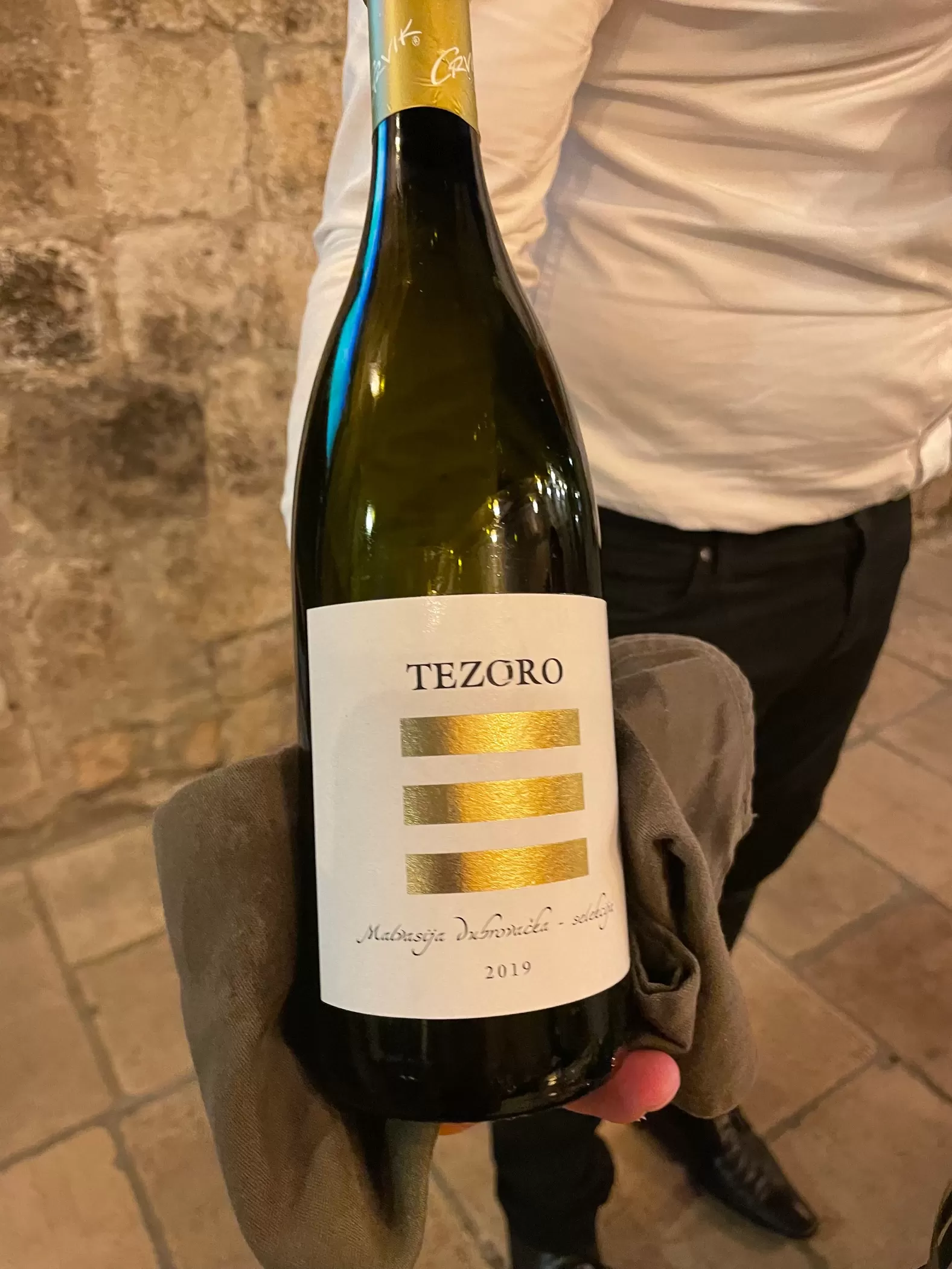
Dubrovnik has plenty of "fancier" restaurants, and 360, with beautiful views over the water is definitely in the upper echelon of all of Croatia (it comes recommended by Michelin.) Proto, just off the Stradun (the main pedestrian street in the walled city), is a classic spot. Their truffle pasta (yes, the truffles are from Istria) is unforgettable. Like other places in Europe, really gems can also be found a bit off the beaten path. Trattoria Carmen, though within the city walls, is withdrawn from the main pedestrian street and has only two tables inside a few more outside, but was one of the highlights of our time in Dubrovnik. The burrata and the tuna tartare are must tries..
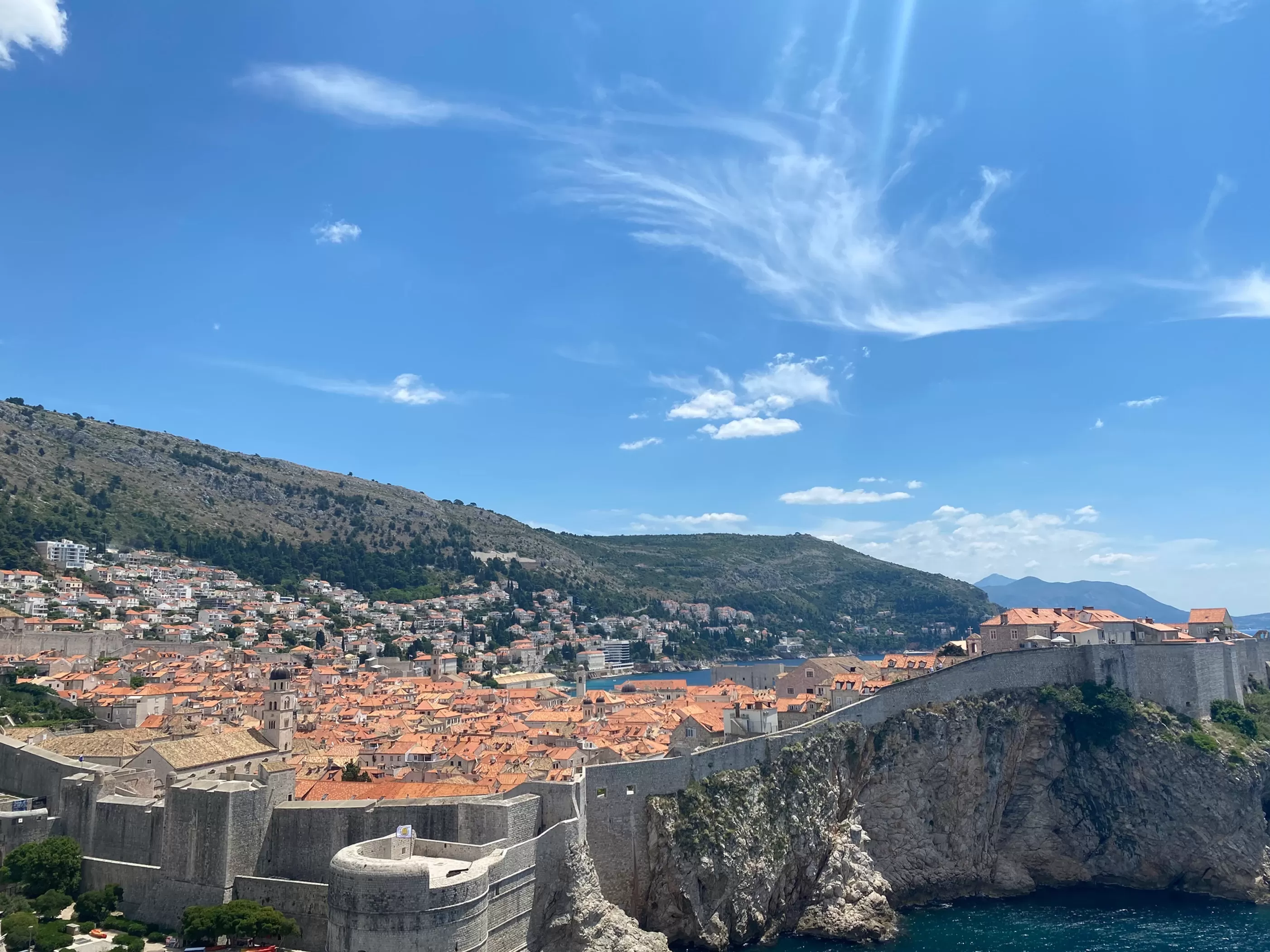
Croatia is a truly magical place that cannot be more highly recommended. The wine, food, and the coastline are all amazing, but the true treasure of Croatia is its people, who welcomed us with open arms and even into their homes on many occasions. One striking thing, is the immense pride the people have for their country, region, its cuisine, history, family history, and of course the local football team and the Croatian National Team. The importance of family, especially across multiple generations, is another admirable quality of Croatian life. While every trip abroad creates memories of a lifetime, Croatia gives you that and also an overwhelming desire to go back and relive it all over again.
Related articles
-
Delicious Croatian food you absolutely must try
-
Divine Wines
-
Bizarre foods
-
Top local eateries
-
Croatian sensation!
-
5 ½ films & TV shows that were shot in Croatia
-
Croatia's top inventions
-
Croatian stamp in the Guinness book of records
-
Family fun
-
Festivals & more
-
Adventures & dirt roads
-
Best Croatian beaches you've never heard of
-
Wine, Culture, Cuisine, and Coffee in Croatia

